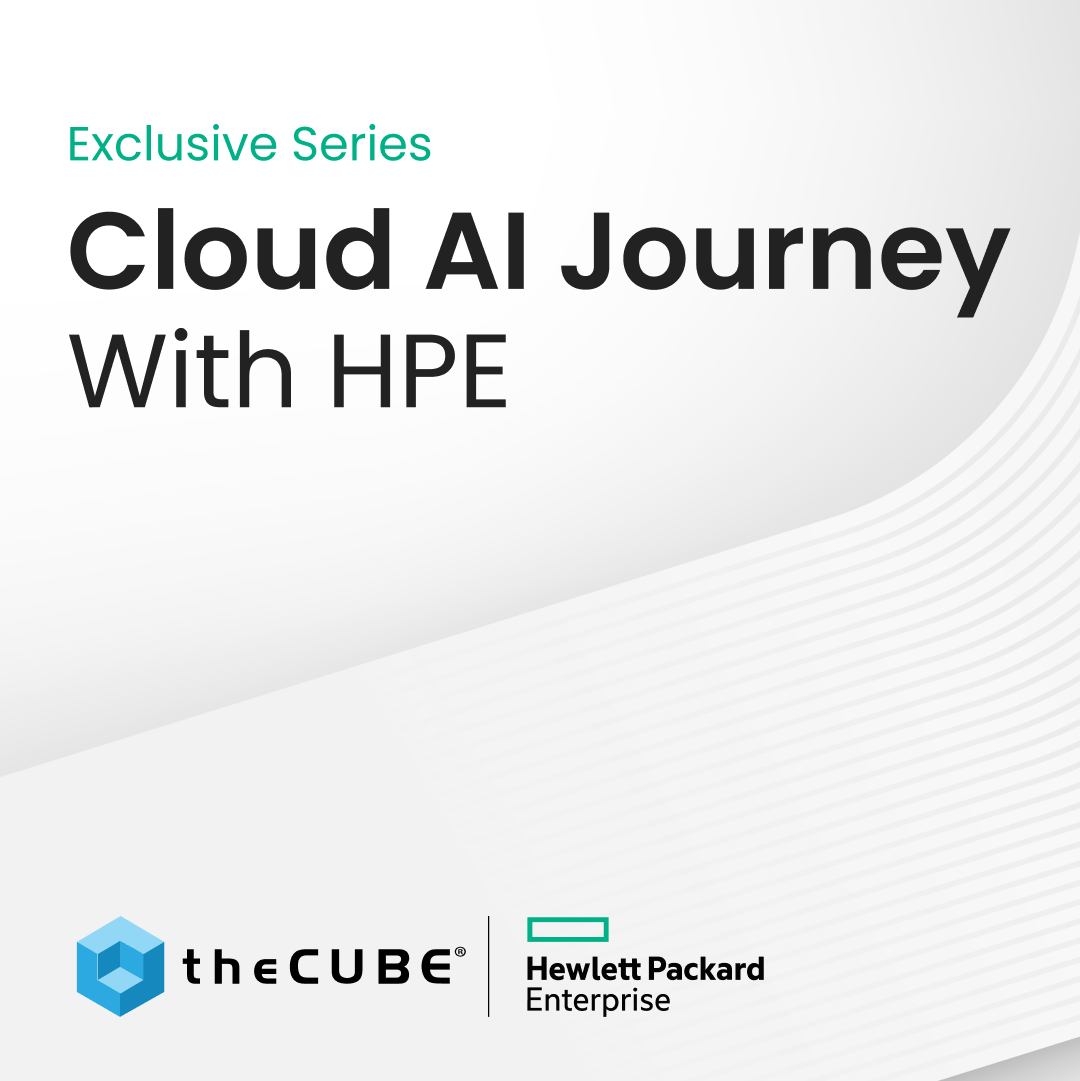IBM’s product strategy is more substantive than it has been for years | #IBMEdge
At this year’s IBM Edge, Big Blue showed the important role of infrastructure for the future of IT, laying down the gauntlet for messaging around its brand new storage strategy. The company made a massive announcement on a complete refresh of its storage portfolio, focusing on software-defined storage (SDS) and flash, as well as clarity into the x86 acquisition by Lenovo.
![]()
Adding Meat to the Bone
IBM set out creating a solution that worked for Cloud, analytics, mobile and social truly optimized for those environments. In an IBM Edge introduction segment with Dave Vellante for theCUBE (see full clip below), co-host Stu Miniman said he “had a hard time differentiating between storage virtualization and the software-defined messaging” at last year’s show. Regarding this year’s conference, Vellante said that “the meat on the product bone is more substantive than it has been for years.”
First off, IBM revealed its very own SDS solution branded “Elastic Storage,” a Watson-like technology that allows IT practitioners to access all enterprise data throughout multiple systems and locations. This truly differentiates IBM from others in the marketplace, particularly EMC who came out with ViPR 2.0 a few weeks ago. IBM’s also bringing the technology inside Watson to a variant of GPFS, a long-standing and very reliable file system that’s a staple of IBM innovations throughout its portfolio.
Big Blue also announced a refresh of its entire portfolio of storage products across the board, from XIV to SAN Volume Controller (SVC) and Storwize to tape. The company is advancing storage virtualization for the SVC and Storwize product families, extending its reach to more than 260 IBM and non-IBM hardware devices.
“Notably, if you look at EMC’s announcement of ViPR, it includes a VPLEX in there as a virtualization engine. IBM has had probably close to a decade of virtualization expertise, and it’s bringing that to bear as well,” Vellante added as he praised IBM for its leadership in storage virtualization.
A few other pieces added to IBM’s SDS approach were analytics, OpenStack and flash. The company is bringing analytics into the storage business to automate and enable orchestration. With 380 people contributing code, IBM probably has the biggest emphasis on OpenStack in terms of leading on things like Swift, Icehouse and Cinder.
Coming off of last year’s announcement of a billion dollar cloud investment, IBM is infusing flash across its product line, now achieving three and a half time the performance, decreasing specialization by 50 percent and reducing power consumption by 12 percent.
A Strategic Partnership with Lenovo
There was a bit of trepidation amongst end users when it came to Lenovo’s acquisition of IBM’s server business. Miniman said that the people he discussed this with tried to wrap their heads around the deal, demonstrating a sense of uncertainty about moving over to Lenovo.
Big Blue ensured that the acquisition was not just divesting itself from hardware, as the company is keeping all of its storage assets. IBM will authorize Lenovo to sell the v7000 Flex storage device and the smart cloud entry so the company can deliver x86 based Flex and integrated systems to the marketplace, while Lenovo will supply IBM with x86 infrastructure components. The acquisition is more so a next phase in the strategic partnership between IBM and Lenovo.
A message from John Furrier, co-founder of SiliconANGLE:
Your vote of support is important to us and it helps us keep the content FREE.
One click below supports our mission to provide free, deep, and relevant content.
Join our community on YouTube
Join the community that includes more than 15,000 #CubeAlumni experts, including Amazon.com CEO Andy Jassy, Dell Technologies founder and CEO Michael Dell, Intel CEO Pat Gelsinger, and many more luminaries and experts.
THANK YOU















